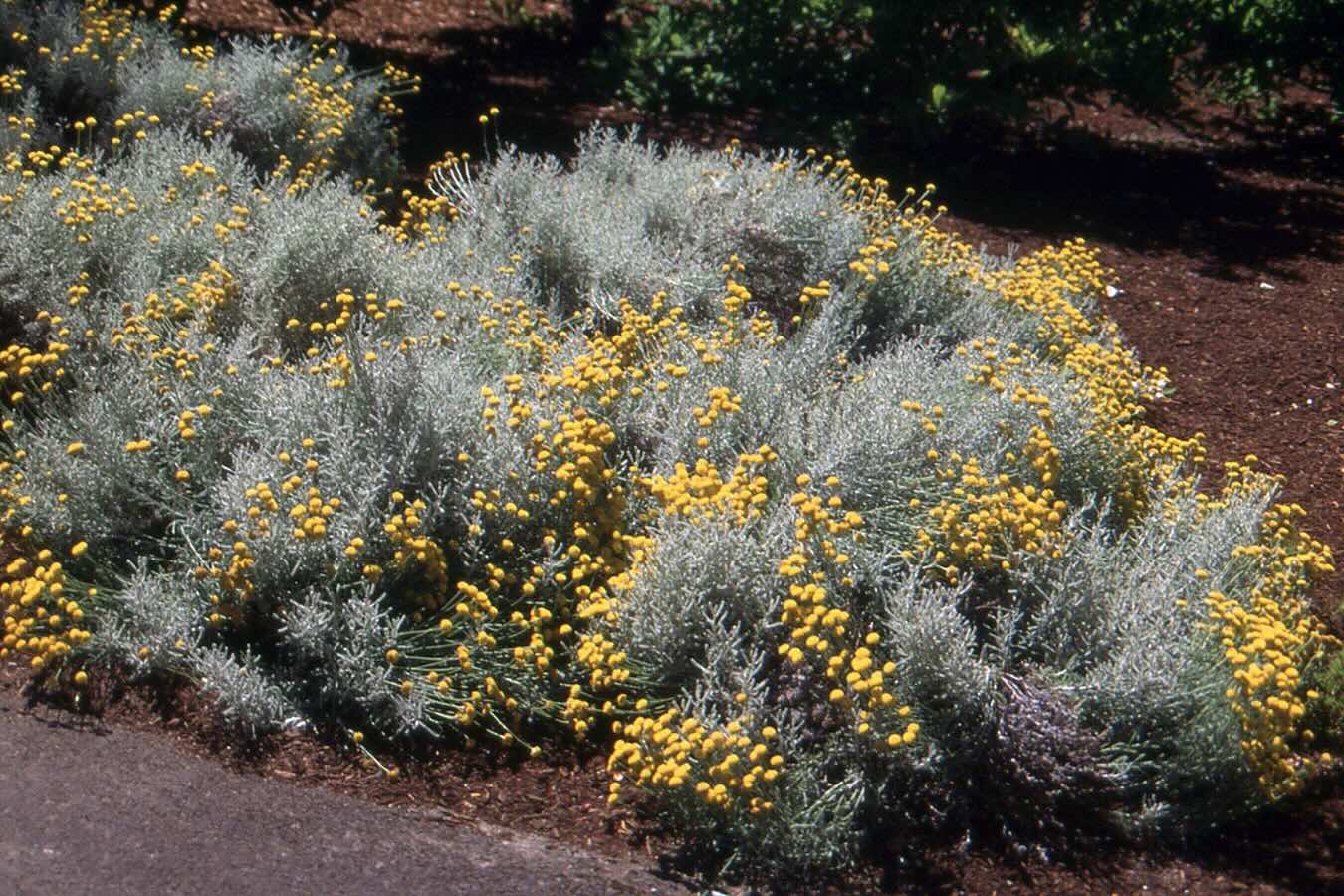
Santolina, often called cotton lavender, is a charming, aromatic shrub that adds a touch of Mediterranean flair to gardens. But what makes Santolina so special? Known for its silvery-green foliage and bright yellow flowers, this plant is not just a pretty face. It’s drought-tolerant, making it perfect for dry climates. Gardeners love it for its low maintenance and versatility. Whether used as a border plant, ground cover, or in rock gardens, Santolina shines. Plus, its leaves can be used in potpourri or as a natural insect repellent. Ready to learn more? Here are 25 fascinating facts about this resilient plant.
What is Santolina?
Santolina, also known as lavender cotton, is a charming, aromatic shrub often found in Mediterranean gardens. Its silver-green foliage and bright yellow flowers make it a popular choice for landscaping. Let's dive into some fascinating facts about this unique plant.
Santolina's Origins
Understanding where Santolina comes from can help appreciate its unique characteristics.
- Mediterranean Native: Santolina hails from the Mediterranean region, thriving in hot, dry climates.
- Ancient Use: Ancient Greeks and Romans used Santolina for medicinal purposes, believing it had healing properties.
Santolina's Appearance
Santolina's distinct look makes it a standout in any garden.
- Silver-Green Foliage: The plant's leaves are a striking silver-green, adding a touch of elegance to gardens.
- Yellow Flowers: In summer, Santolina produces bright yellow, button-like flowers that attract pollinators.
- Compact Size: Typically, Santolina grows to about 2 feet tall and wide, making it perfect for small spaces.
Growing Conditions
Knowing the right conditions for growing Santolina ensures a healthy, vibrant plant.
- Full Sun: Santolina thrives in full sunlight, needing at least 6 hours of direct sun daily.
- Well-Drained Soil: This plant prefers well-drained soil, as it doesn't tolerate waterlogged conditions.
- Drought Tolerant: Once established, Santolina is highly drought-tolerant, making it low-maintenance.
Care and Maintenance
Proper care keeps Santolina looking its best year-round.
- Pruning: Regular pruning helps maintain its shape and encourages new growth.
- Minimal Watering: Overwatering can harm Santolina; it prefers dry conditions.
- Fertilization: Light fertilization in spring can boost growth, but too much can cause leggy plants.
Uses of Santolina
Santolina isn't just a pretty plant; it has practical uses too.
- Herbal Medicine: Historically, Santolina was used to treat digestive issues and as an antiseptic.
- Insect Repellent: Its aromatic leaves can repel insects, making it a natural pest deterrent.
- Culinary Uses: While not common, some cultures use Santolina in cooking for its unique flavor.
Santolina in Landscaping
Santolina's versatility makes it a favorite among landscapers.
- Borders and Edging: Its compact size and neat appearance make it ideal for borders and edging.
- Rock Gardens: Santolina thrives in rocky, well-drained soils, perfect for rock gardens.
- Container Gardening: It also grows well in containers, adding a touch of greenery to patios and balconies.
Varieties of Santolina
Different varieties of Santolina offer unique features.
- Santolina chamaecyparissus: Known as gray Santolina, this variety has silver-gray foliage and yellow flowers.
- Santolina virens: Also called green Santolina, it has green leaves and yellow flowers.
- Santolina rosmarinifolia: This variety features finer, rosemary-like leaves and yellow flowers.
Santolina's Role in Ecology
Santolina plays a significant role in its natural habitat.
- Pollinator Friendly: Its flowers attract bees and butterflies, supporting local pollinator populations.
- Erosion Control: Santolina's roots help stabilize soil, preventing erosion in its native Mediterranean landscapes.
Fun Facts About Santolina
Some quirky facts make Santolina even more interesting.
- Fragrant Foliage: Crushing Santolina leaves releases a pleasant, aromatic scent.
- Evergreen: In mild climates, Santolina remains evergreen, providing year-round interest.
- Historical Symbolism: In some cultures, Santolina symbolizes protection and healing, reflecting its historical uses.
Santolina is more than just a pretty plant; it's a resilient, versatile, and historically significant addition to any garden.
Final Thoughts on Santolina
Santolina, with its silvery foliage and bright yellow flowers, is more than just a pretty plant. It’s a hardy shrub that thrives in poor soil and full sun, making it a great choice for low-maintenance gardens. Its aromatic leaves have been used for centuries in traditional medicine and as a natural insect repellent. Plus, it’s deer-resistant and drought-tolerant, perfect for sustainable landscaping. Whether you’re a seasoned gardener or just starting out, adding Santolina to your garden can bring both beauty and practicality. So, next time you’re planning your garden, consider this versatile plant. It’s a small addition that can make a big impact. Happy gardening!
Was this page helpful?
Our commitment to delivering trustworthy and engaging content is at the heart of what we do. Each fact on our site is contributed by real users like you, bringing a wealth of diverse insights and information. To ensure the highest standards of accuracy and reliability, our dedicated editors meticulously review each submission. This process guarantees that the facts we share are not only fascinating but also credible. Trust in our commitment to quality and authenticity as you explore and learn with us.
